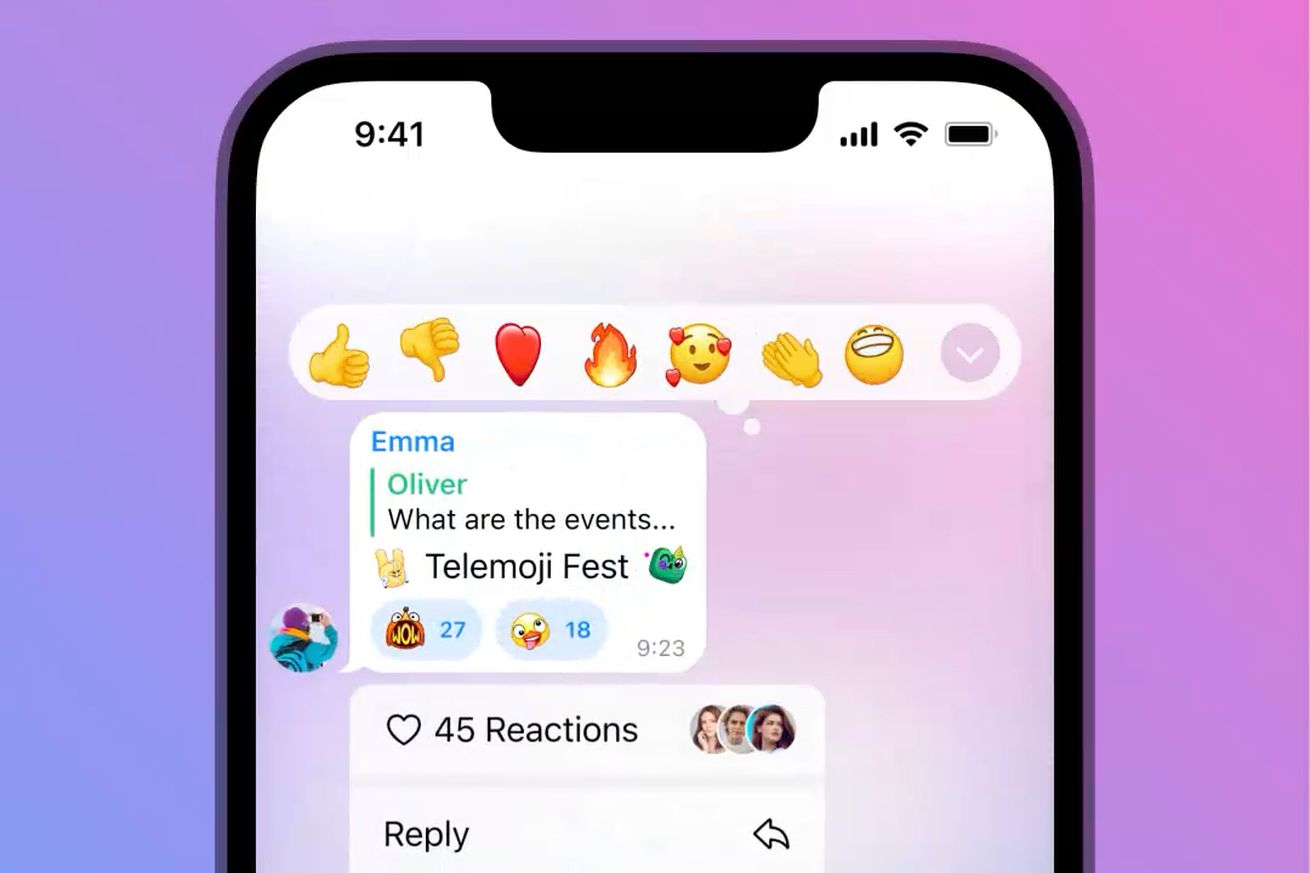The Triton 500 SE is an expensive gaming laptop that doesn’t flex its hardware enough
Spending a grip on a gaming laptop isn’t difficult; a cursory search on gaming laptops will net you several options that cost more than $4,000. But finding a laptop that’s giving you the greatest return on your investment is more of a challenge. If you’re spending around $3,000 on a gaming laptop like the Acer Predator Triton 500 SE, you want it to bury the competition, not just scrape by. Unfortunately, the Triton 500 SE is a bit disappointing and doesn’t flex its hardware enough to set it apart in a crowded market.
Housed in its all-silver chassis, the $2,999.99 configuration of the Triton 500 SE we tested includes a 12th Gen Core i9-12900H processor, RTX 3080 Ti graphics card, 32GB of RAM, and 1TB of PCIe NVME storage. This hardware is more than enough to take full advantage of its 16-inch 240Hz 2560 x 1600 display. Acer has less expensive models of the Triton 500 SE available, too; the base model, with an Intel Core i7-12700H CPU, RTX 3070 Ti, and 16GB of RAM, costs $2,099.99, about as much as a Lenovo Legion 5i Pro with twice the RAM and storage.
How we rate and review products
The Triton 500 SE has enough ports that it doesn’t need an external dock or a mess of dongles. Along the left side, you’ll find an ethernet port, DC connector, a 3.5mm audio jack, a single USB-A port, and a USB-C / Thunderbolt 4 hookup. The right side features another Thunderbolt port and USB-A port plus an HDMI output and SDXC card reader.
/cdn.vox-cdn.com/uploads/chorus_asset/file/23593677/akrales_220525_5237_0100.jpg)
/cdn.vox-cdn.com/uploads/chorus_asset/file/23593676/akrales_220525_5237_0099.jpg)
If you’re sticking to the area around the WASD keys, the keyboard is fine, but trying to get actual work done on the keyboard can be a challenge. The switches have good tactile feedback and a small amount of travel, and they don’t feel mushy, but they’re smaller than average, and the gaps between them make me wish this space were used a little more efficiently. Too often, I missed a key or had to pause what I was doing to search for a function that had been relocated. In a few cases, I hit the key that summons the Acer Predator software instead of the backspace key. I made far fewer errors with the keyboard on the Asus ROG Zephyrus M16 thanks to its slightly larger keys and more familiar layout.
The trackpad is sizable, at roughly 5 x 3 inches, and has a satisfying tactile response with a nice click. It’s accurate and responsive and didn’t randomly register my palms when using it. It’ll get you by if you’re playing Civilization 6, but you’re going to want a dedicated mouse for your Valorant ladder matches. It’s a bit disappointing that the fingerprint sensor takes up part of the upper-left portion of the trackpad. It doesn’t get in the way very often, but I’d rather have a bigger trackpad surface with a fingerprint sensor on another part of the chassis.
At just over five pounds, it might be tempting to call the Triton portable, but the battery life prevents it from going far without an available outlet. The Triton lasts a couple of hours when gaming on battery power, which isn’t spectacular but is slightly more impressive when you consider that it offers roughly the same gaming experience you would get when it’s plugged in. The motherboard is equipped with a multiplexer, or MUX switch, that boosts battery life by dynamically switching between the integrated and dedicated GPUs depending on the task. By leaning on the integrated GPU instead of the RTX 3080 Ti, it managed to get almost three hours of YouTube streaming / working. You can’t expect too much from a laptop this size that uses such a demanding graphics card, but if you need longevity from your gaming laptop, the MSI GS77 Stealth lasts about as long as the Triton but charges you less for the privilege.
The hinge on the display is firm and won’t wobble as long as you use the laptop on a flat surface. However, I would’ve appreciated a material on the lid and chassis that did a better job of resisting fingerprints and other visible markings. One of our big complaints from the previous Triton model has resurfaced: the slim lid has a surprising amount of flex. Just about any amount of pressure causes the display to bow, which isn’t something I want to see in a laptop that costs over $3,000.
The speakers, housed between the hinge and the keyboard, are uncommonly good for a laptop — at least, I didn’t immediately want to reach for the closest pair of headphones. They’re not far enough apart to provide the spatial audio you’d get from a pair of headphones, but they’re competent enough to provide a high and low end that doesn’t sound tinny or washed-out. The Acer software has a few different EQ presets that are intended to provide a better listening experience for different game genres, but “Music” provided the most balanced sound of the bunch.
/cdn.vox-cdn.com/uploads/chorus_asset/file/23593678/akrales_220525_5237_0102.jpg)
The 2650 x 1600 IPS display has a 16:10 aspect ratio, and Acer says it can hit 500 nits of brightness. It also supports G-Sync, with a maximum refresh rate of 240Hz. The hardware in the Triton 500 SE is remarkably powerful, but even an RTX 3080 Ti can’t hit 240fps in modern titles. Only Counter-Strike: Global Offensive got close, maintaining around 200fps at max settings and up to 333fps when I dropped the resolution to 1080p. It’s nice to have a screen with plenty of overhead, but the fact that it has adaptive sync is more important to most people than the refresh rate.
/cdn.vox-cdn.com/uploads/chorus_asset/file/23593671/akrales_220525_5237_0094.jpg)
It wasn’t easy to challenge the Triton 500 SE with our current benchmarks. The Nvidia RTX 3080 Ti in our review unit is the current top-of-the-line gaming GPU, and it’s powerful — it hit around 60fps or better at native resolution with ultra settings and ultra ray tracing in almost every game we tested it with.
In our Shadow of the Tomb Raider benchmark with ultra presets, ray tracing enabled, and DLSS off, it averaged 79fps. The $4,000 Razer Blade 17, another RTX 3080 Ti laptop with a 2560 x 1600 screen, got 70fps at the same settings, while the $2,800 MSI GS77 Stealth, with an RTX 3070 Ti, only managed 58fps.
The Triton 500 SE also hit 67fps in Red Dead Redemption 2 at ultra settings with DLSS off, compared to 72fps for the Razer Blade 17 and 59 for the GS77 Stealth.
In the more demanding Cyberpunk 2077, the Predator Triton 500 SE hit 61fps at ultra settings with ray tracing set to ultra and 48fps with ray tracing set to “psycho,” both with DLSS off. Even games like Doom Eternal put out a relatively steady 60fps with ultra presets and ray tracing enabled and hit a consistent 120fps when using DLSS performance mode.
Like the other laptops we’ve tested with RTX 3080 Ti GPUs, it blazed through our video export test, managing to complete the run in two minutes and 20 seconds.
/cdn.vox-cdn.com/uploads/chorus_asset/file/23593674/akrales_220525_5237_0097.jpg)
All of the benchmarks were performed while using the highest performance presets available through the Acer control software, which yielded excellent results, but I did most of my gaming in the aptly named “whisper mode,” which thankfully lives up to its name. I’m not sure you’d be able to market the Triton 500 SE without this feature, as the fans can be loud enough to be distracting if the system is under even a modest level of strain. This mode has the fans operating at their minimum, so some throttling would be expected here, but in testing, the 500SE still managed to provide solid performance when placed under these constraints. Playing Doom Eternal with the same settings, for instance, didn’t change much, still managing up to 120fps when using DLSS performance mode. However, the Shadow of the Tomb Raider benchmark took some pretty serious hits, managing an average of just 50fps using the same settings.
Switching between performance profiles is done through the Acer control software, which is simple and unobtrusive. You can summon this software via the desktop or by using its own dedicated macro key. The software lets you adjust fan speeds, performance profiles, and RGB lighting. But unlike some other gaming laptops, like the Asus ROG Zephyrus series, you can only change the performance profile while the laptop is plugged into an outlet. Even while at a nearly full charge, I found that unplugging the laptop causes the hardware profile to revert to its default balanced power state.
The Predator Triton 500 SE is in a tough spot. On one hand, it’s the least expensive gaming laptop we’ve tested with specs like these. Of the RTX 3080 Ti models we’ve tested, the Razer Blade 17 has better build quality but a less powerful CPU and costs $1,000 more. The MSI GE76 Raider costs more and has a lower-resolution screen. But the Gigabyte Aero 16, which cost $5,000 when we reviewed it, is now only a few hundred bucks more than the Triton 500 SE. It’s hot and loud and has bad battery life, too, but it also has a 4K AMOLED screen.
The RTX 3080 Ti is Nvidia’s current top-of-the-line mobile graphics card (for now, at least), and 2560 x 1600 seems like the right resolution for it right now. You’ll have to drop ray tracing and quality settings to hit 60fps on a 4K display, and 1080p is just too low-resolution for a 16-inch screen. Springing for a 3080 Ti instead of a 3070 Ti means you’ll have playable frame rates for longer, which means you’ll get more life out of your laptop before you have to upgrade.
On the other hand, the fans on my test unit were so loud that I spent most of my gaming time in quiet mode and got lower frame rates than a 3070 Ti. So why spend the extra money unless you have really good noise-canceling headphones?
/cdn.vox-cdn.com/uploads/chorus_asset/file/23593675/akrales_220525_5237_0098.jpg)
That’s the RTX 3080 Ti. But the sweet spot GPU in Nvidia’s lineup right now is the RTX 3070 Ti, which can still hit close to 60fps at ultra settings in many games, though usually not with ray tracing all the way up. And it costs a lot less. The Triton 500 SE has a $2,099.99 model with a Core i7-12700H CPU, RTX 3070 TI, 16GB of RAM, and 1TB of storage. That’s much more compelling, especially because you can easily upgrade the RAM. We haven’t reviewed that model, but unless its performance is wildly different from laptops with similar specs we’ve tested, you’ll still get most of the performance of the $3,000 model for around $800 less.
But for the same price or even less, you can get a Lenovo Legion 5i Pro on sale with the same CPU, GPU, and RAM, virtually the same port selection, and a similar 2560 x 1600 G-Sync panel. (Though it tops out at 165Hz instead of 240Hz.) In his review, my colleague Cam Faulkner found that the Legion 5i Pro had better build quality and quieter fans than the Triton 500 SE I tested. Even if you can’t get the exact same RAM and SSD configuration, both of those are easily user upgradeable, unlike build quality and fan noise.
The Acer Predator Triton 500 SE isn’t a bad gaming laptop, and the RTX 3080 Ti model I tested has powerful hardware for the price. But it’s still not worth the price premium, especially with how loud the fans are, especially with new graphics cards coming soon, and especially when the RTX 3070 Ti laptops get you 80 percent of the performance for almost $1,000 less. However, with Nvidia’s new 40-series GPUs on the horizon, the pricing for many gaming laptops equipped with 30-series GPUs may cool down significantly.


/cdn.vox-cdn.com/uploads/chorus_asset/file/24046660/Screen_Shot_2022_09_22_at_2.56.10_PM.png) Screenshot by Jay Peters / The Verge
Screenshot by Jay Peters / The Verge


/cdn.vox-cdn.com/uploads/chorus_asset/file/24044029/StreamCarbon_ArtisticDark_web.jpg) Image: Victrola
Image: Victrola

/cdn.vox-cdn.com/uploads/chorus_asset/file/22929129/IMG_2E41D6D8A9B5_1.jpeg)
/cdn.vox-cdn.com/uploads/chorus_asset/file/22929128/IMG_C5F6B766D9B7_1.jpeg)
/cdn.vox-cdn.com/uploads/chorus_asset/file/24028699/IMG_3955.PNG)
/cdn.vox-cdn.com/uploads/chorus_asset/file/24028651/IMG_3944.jpg)
/cdn.vox-cdn.com/uploads/chorus_asset/file/24028709/IMG_3945.PNG)
/cdn.vox-cdn.com/uploads/chorus_asset/file/24028715/IMG_3947.PNG)
/cdn.vox-cdn.com/uploads/chorus_asset/file/24028667/IMG_3949.PNG)
/cdn.vox-cdn.com/uploads/chorus_asset/file/24028675/IMG_3957.PNG) Screenshot by Victoria Song / The Verge
Screenshot by Victoria Song / The Verge
/cdn.vox-cdn.com/uploads/chorus_asset/file/24028689/IMG_3953.PNG)
/cdn.vox-cdn.com/uploads/chorus_asset/file/24028692/IMG_3956.PNG)
/cdn.vox-cdn.com/uploads/chorus_asset/file/24021894/IMG_4123.jpg) Photo by Victoria Song / The Verge
Photo by Victoria Song / The Verge



/cdn.vox-cdn.com/uploads/chorus_asset/file/24040938/Screen_Shot_2022_09_21_at_12.18.50_PM.jpg) Image:
Image: /cdn.vox-cdn.com/uploads/chorus_asset/file/24040942/Screen_Shot_2022_09_21_at_12.23.30_PM.jpg) Image:
Image: /cdn.vox-cdn.com/uploads/chorus_asset/file/24040941/Screen_Shot_2022_09_21_at_12.21.03_PM.jpg) Image:
Image: /cdn.vox-cdn.com/uploads/chorus_asset/file/24040937/Screen_Shot_2022_09_21_at_12.16.41_PM.jpg) Image:
Image: 




/cdn.vox-cdn.com/uploads/chorus_asset/file/24037082/telegram_emoji_status.jpg) Image: Telegram
Image: Telegram
/cdn.vox-cdn.com/uploads/chorus_asset/file/24037085/telegram_download.jpg) Image: Telegram
Image: Telegram

